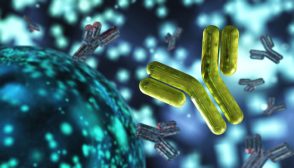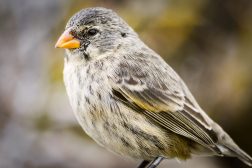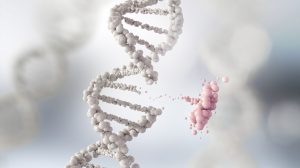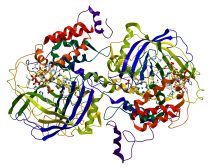Table of Contents
Honey Bee Definition
A honey bee is a type of bee known for collecting honey and living in communities. The true honey bees are those from the genus Apis. The honey bee origin is deemed to be in South Asia and Southeast Asia. (Ref. 1) The close relatives of honey bees are bumblebees and stingless bees. Variant: honeybee.
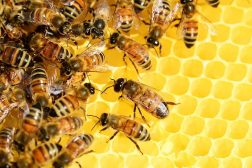
Honey Bee Colony
The honey bee colony consists of one queen bee or a fertile female and a large number of workers (barren females). In the swarming season, the colony may have many young queens and drone bees (fertile males).
The eggs are laid each per honeycomb cell. The eggs that the queen fertilizes with sperm from her spermatheca will be diploid and develop into female bees. The eggs that are not fertilized by the queen will be haploid and develop into males (drones). Drones are morphologically distinguished from the females by having larger eyes and lacking a stinger. (Ref. 2)
Female larvae fed with royal jelly and later with honey and pollen will become worker bees whereas the larva fed solely on royal jelly will develop into a queen bee (which is larger than the worker bees, lacks the glands producing beeswax, has a functional set of ovaries, has a sting without barbs, and has a spermatheca for sperm storage). The larvae develop into pupae by undergoing several moltings and then spinning a cocoon. The pupae, then, grow into adult bees. Young worker bees serve as “nursing bees”. They tend to the larvae and the hive. As they become older, these worker bees later acquire the forager role. The forager bees communicate with other foragers through a bee dance. A bee dance is a dance pattern that the bees use when they want to relay information, e.g. about food resources.
During the swarming season, the unmated queens leave the colony to mate with the drones from the other colonies. Apis queens exhibit polyandry, meaning they mate with multiple males. A new colony is established by a swarm consisting of a mated queen and worker bees. They fly as a group towards the new nest site previously scouted by the worker bees. There, they build a new nest to start a new colony.
Examples of Honey bees
There are three clades of honey bees: (1) Micrapis (dwarf honey bees, e.g. A. florea and A. andreniformis), (2) Megapis (giant honey bees, e.g. A. dorsata binghami, and A. dorsata laboriosa), and (3) Apis (domestic honey bees, e.g. A. koschevnikovi, A. nigrocincta, and A. cerana). As for the commonly domesticated honey bee species, they are A. mellifera and A. cerana indica.
References
- Deborah R. Smith; Lynn Villafuerte; Gard Otisc; Michael R. Palmer (2000). “Biogeography of Apis cerana F. and A. nigrocincta Smith: insights from mtDNA studies” (PDF). Apidologie. 31 (2): 265–279.
- Apis mellifera (honey bee). (2020). Animal Diversity Web. https://animaldiversity.org/accounts/Apis_mellifera/
©BiologyOnline. Content provided and moderated by BiologyOnline Editors.

